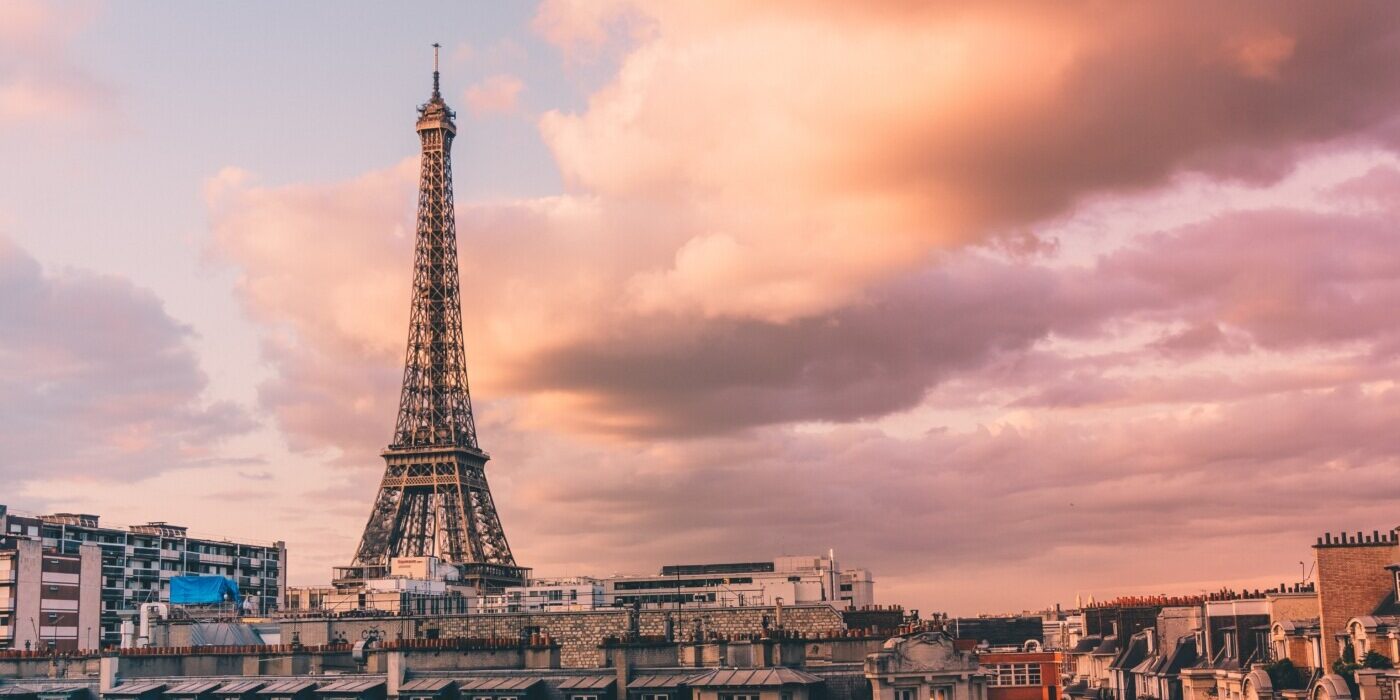The Eiffel Tower is in need of repair
Since it was first completed in 1889, the Eiffel Tower has become emblematic of France. The tower, designed by Gustave Eiffel as the centrepiece of the 1889 Exposition Universelle, was intended to be a 20-year temporary installation, but it caught the public’s eye and has remained standing ever since. However, the state in which it stands is an increasingly precarious one. According to confidential reports obtained by the French magazine Marianne this summer, the monument is in a poor state, riddled with rust and in need of a full repair. With the 2024 Olympics on the horizon, those repairs may be a long way off – so what might that mean for the structure?
Even then, Eiffel knew that identifying and stopping the spread of rust was the most important challenge to the longevity of the Tower – he suggested painting it every seven years
To understand the state of the Tower now, it’s useful to discuss when it was first built. The 324-metre-tall structure was built with puddle iron, a form of high-grade and purer wrought iron (produced by removing carbon from pig iron in the melting process) that was invented in Britain during the Industrial Revolution. It is held together by an estimated 2.5 million rivets, and it was given four coats of red lead paint. The substance is now banned, but it was at the time considered the best anti-corrosive agent available.
Even then, Eiffel knew that identifying and stopping the spread of rust was the most important challenge to the longevity of the Tower – he suggested painting it every seven years. At the time, he wrote: “Paint is the essential ingredient for protecting a metallic structure and the care with which this is done is the only guarantee of its longevity. The most important thing is to prevent the start of rust.”
Experts said that this work would amount to little more than a facelift, and that the final result would be “lamentable”
Of course, Eiffel never expected the Tower to stand for this long. It was meant to be demolished after 20 years, but the French government realised that it was an incredibly useful structure, and equipped it with a radio antenna and wireless telegraph transmitter. Nor could he imagine the tourist attraction it would become – it’s now among the most-visited tourist sights in the world, welcoming around six million visitors each year. Only Disneyland, the Louvre, and the Palace of Versailles attract more visitors in France.
The Tower has been repainted 20 times in its history (including the current repainting). It was announced in 2017 that the structure would undergo a €300 million refurbishment at the hands of the publicly-owned Société d’Exploitation de la Tour Eiffel (SETE) to get it ready for the 2024 Summer Olympics, but things haven’t gone according to plan. Around 30% of the Tower was supposed to be stripped of its current paint and then have two new coats applied, but delays caused by the Covid-19 pandemic and the presence of lead in the old paint means that only 5% will be treated instead.
Experts said that this work would amount to little more than a facelift, and that the final result would be “lamentable”. Speaking to Marianne, one expert said that while the original layers of paint were still solid “and continue to protect the metal in many places”, the new partial makeover would not deal with the high lead levels or the rust, and therefore risked making the state of the tower worse. “At best it will be mostly useless, but at the very worst it will make the defects in the existing layer of paint worse and result in corrosion.”
And then, there’s the tourism question. SETE is reluctant to close the Tower for a long period because of the predicted lost revenue
The scale of the corrosion was not unknown. Reports in 2010, 2014, and 2016 all stressed the need for a new strategy to deal with the Tower’s rusting, warning that simply applying new layers of paint will not cut it in the long term. But these experts are fighting with two opposing instincts – firstly, some suggest things aren’t that bad. Bertrand Lemoine, an architect, engineer and historian, says that the Eiffel Tower (while needing some maintenance) could last forever if it were repainted sufficiently. And then, there’s the tourism question. SETE is reluctant to close the Tower for a long period because of the predicted lost revenue – it lost €52 million during its Covid-19-enforced closure in 2020, and that total is bound to be larger with an exceptional surge in tourists during the Olympic Games.
An unnamed manager at the site said that, if Gustave Eiffel could see it now, “he would have a heart attack”. This is presumably both at the state of the structure, and at the battles over how best to maintain it. As the Marianne piece notes, “it’s not going to fall down tomorrow, but it’s true that things aren’t going well” – this may be one instance where a new lick of paint is no longer the solution.

Comments